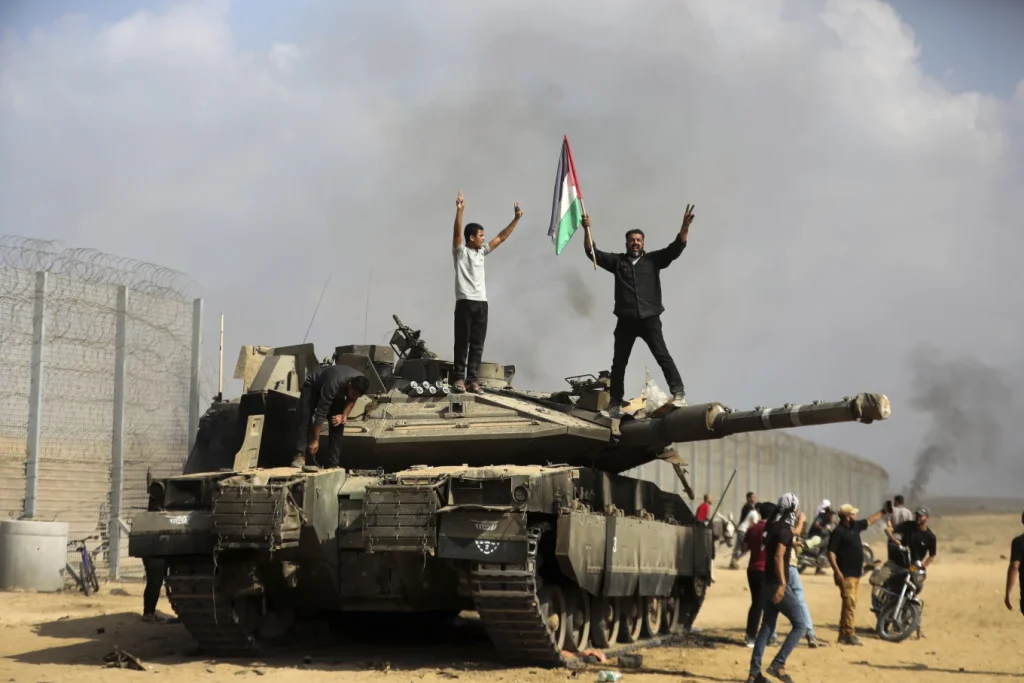The year 2023 witnessed a tumultuous period in the Middle East, marked by the devastating impact of both human conflict and natural disasters.
The region, already grappling with economic challenges, faced further strain as extreme weather events, exacerbated by climate change, wreaked havoc on its lands.
Against this backdrop, leaders from various nations convened in Dubai, the opulent city-state in the United Arab Emirates, for the United Nations climate talks, COP28.
However, the luxury and grandeur of the host city stood in stark contrast to the ongoing conflict in the Gaza Strip, where Israel and Hamas were embroiled in a fierce and unprecedented battle.
The militant group’s audacious attack on Israel on October 7th served as the catalyst for this escalation, plunging the region into turmoil.
Meanwhile, the aftermath of other conflicts and political instability continued to simmer across the wider Middle East, further exacerbating the region’s challenges.
The Hamas attack, characterized by its militants targeting Israeli farming communities and military posts just beyond the borders of the Gaza Strip, resulted in the capture of over 200 hostages as they swiftly retreated to the coastal enclave.
The toll of this attack was staggering, with over 1,200 individuals in Israel losing their lives. The incident prompted widespread scrutiny and raised probing questions regarding the preparedness of the Israeli security services.
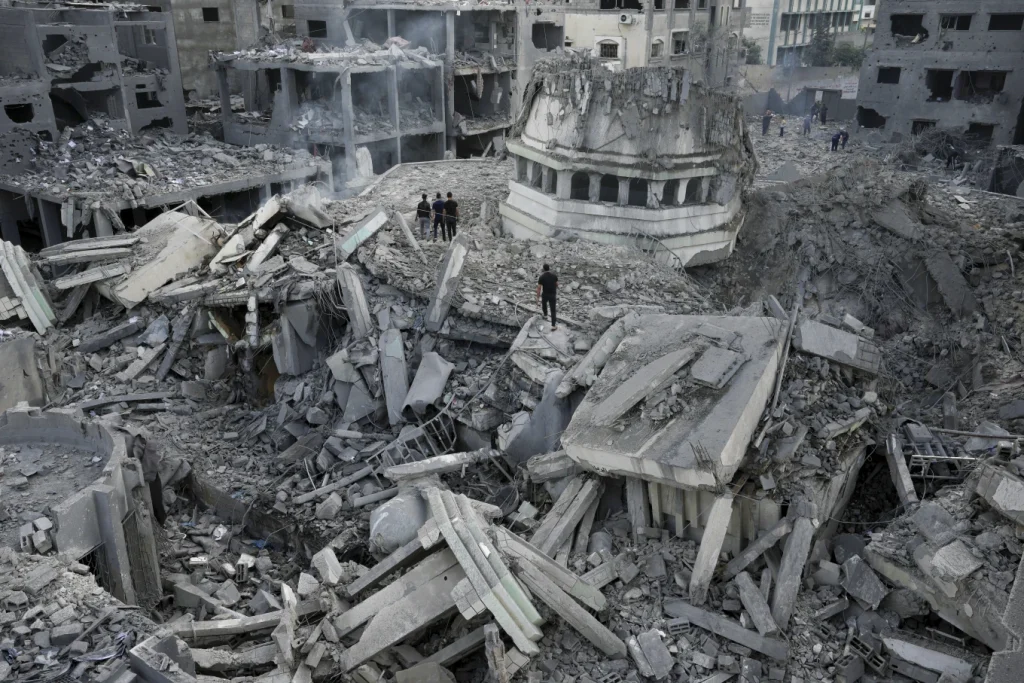
As grief-stricken families mourned the loss of their loved ones, and protesters took to the streets, a growing chorus of voices directed blame towards Netanyahu and his hard-right government, accusing them of failing to take decisive action.
The public outcry culminated in months of widespread demonstrations, as citizens voiced their discontent over the government’s proposed changes to the judiciary.
The confluence of these events paints a sobering picture of a region grappling with multifaceted challenges, where the impacts of conflict, climate change, and political instability converge to create a complex and volatile landscape.
As the world looks on, the Middle East stands at a critical juncture, grappling with the urgent need for solutions that address not only immediate crises but also the underlying factors perpetuating this cycle of turmoil and uncertainty.
The events described in the prompt depict a series of tragic and impactful occurrences in the Middle East and surrounding regions.
The Israeli military’s retaliation, including the enforcement of a siege and a campaign of airstrikes, resulted in significant loss of life and widespread suffering in the Gaza Strip.
The subsequent protests and potential for wider regional conflict underscored the gravity of the situation. Concurrently, Iranian-backed groups launched attacks, further escalating tensions in the area.
The United States’ response, involving the deployment of military assets, added another layer of complexity to an already volatile situation.
Amidst this turmoil, a devastating earthquake struck Syria and Turkey, causing widespread destruction and claiming a significant number of lives.
The aftermath of the earthquake compounded the challenges faced by the region, already grappling with the enduring effects of Syria’s civil war and refugee crisis.
The inadequacy of building codes and governmental response in Turkey exacerbated the impact of the disaster, amplifying the suffering of those affected.
These events highlight the interconnectedness of geopolitical, humanitarian, and environmental factors, underscoring the far-reaching consequences of conflict and natural disasters.
The loss of life, displacement, and economic repercussions reverberate not only within the affected regions but also on a global scale.
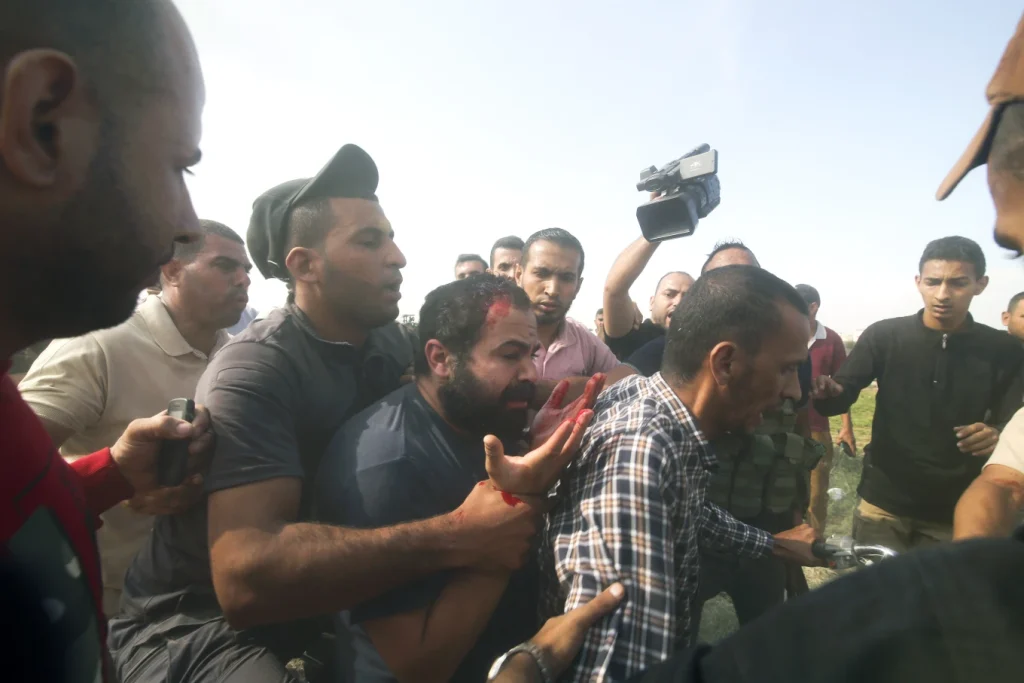
The unfolding of these events serves as a stark reminder of the fragility of peace and stability in the world.
The Israeli military’s actions in the Gaza Strip and the subsequent regional tensions underscore the urgent need for diplomatic efforts and sustainable solutions to address the underlying issues fueling conflict in the Middle East.
The international community must prioritize dialogue and mediation to prevent further escalation and alleviate the suffering of those caught in the crossfire.
Moreover, the earthquake in Syria and Turkey highlights the necessity of robust disaster preparedness and response mechanisms, as well as the importance of infrastructure resilience in vulnerable regions.
In the face of such crises, cooperation and solidarity are essential. Humanitarian aid, support for refugees, and efforts to mitigate the impact of conflict and natural disasters must be prioritized by the global community.
Additionally, proactive measures to address the root causes of instability and vulnerability, such as addressing political grievances and investing in sustainable development, are crucial for fostering long-term stability and resilience in affected regions.
The events described in the prompt serve as a sobering reminder of the interconnectedness of global events and the imperative of concerted international action in the face of humanitarian crises and geopolitical tensions.
As the world grapples with these challenges, it is imperative that leaders and citizens alike remain committed to promoting peace, addressing humanitarian needs, and working towards a more secure and sustainable future for all.
In recent months, North Africa has been beset by a series of devastating crises, each with far-reaching and profound consequences for the region and its people.
The first of these calamities occurred on September 8th, when a powerful magnitude 6.8 earthquake struck Morocco’s Atlas Mountains, resulting in the tragic loss of over 2,900 lives.
The region’s predominantly mud-brick homes proved to be a deadly obstacle for those trapped beneath the rubble, impeding rescue efforts and exacerbating the already dire situation.
Just days later, on September 11th, Libya was struck by a catastrophic rainstorm that overwhelmed two dams, unleashing a torrent of water that swept through the eastern city of Derna, engulfing entire neighborhoods and claiming the lives of thousands.
The conflicting reports of the death toll, ranging from approximately 4,000 to over 11,000, underscored the magnitude of the disaster.
In the aftermath, a wave of public outrage and protests erupted as citizens decried the government’s failure to address known issues with the dams, further highlighting the deep-seated divisions and challenges facing the country in the wake of the 2011 Arab Spring.
Meanwhile, in Afghanistan, the plight of women remains a pressing concern, with restrictions imposed by the Taliban limiting their access to education beyond the sixth grade, as well as their participation in public life and employment opportunities.
The Taliban’s edicts, which have also led to the closure of beauty salons, have drawn widespread condemnation from the international community.
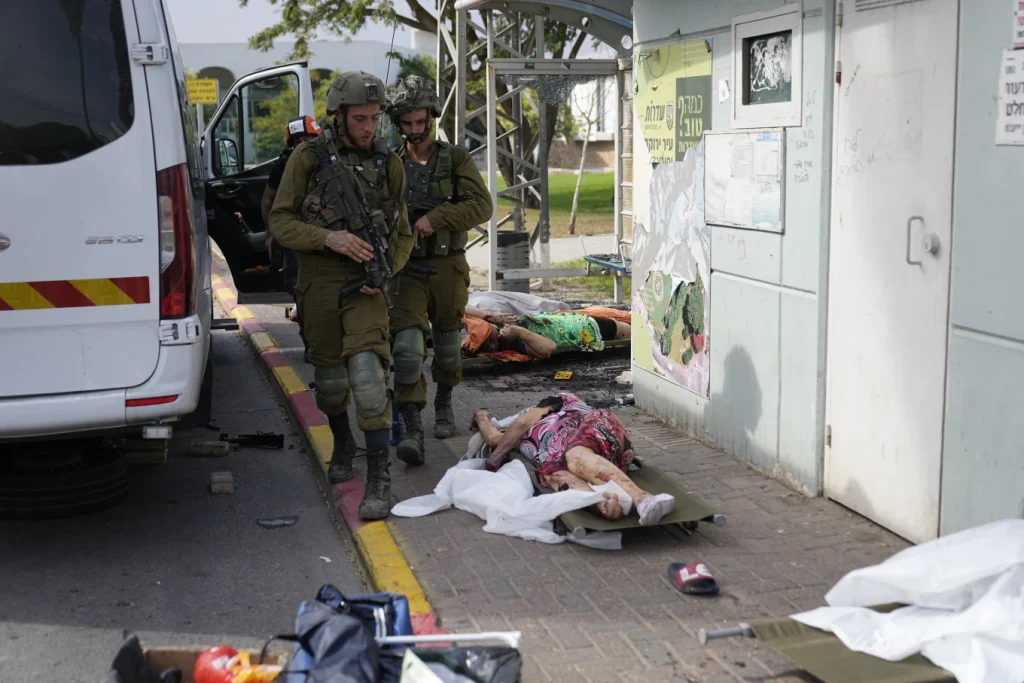
Compounding the situation, the economic downturn and drought in Afghanistan have prompted a significant number of Afghan migrants to return home, following a crackdown on migrants by neighboring Pakistan, which saw over 400,000 Afghans forced to leave.
Furthermore, the political landscape in Pakistan is undergoing significant upheaval, with the approach of a pivotal parliamentary vote and the imprisonment of former Prime Minister Imran Khan on corruption charges.
These developments have generated considerable uncertainty and raised concerns about the country’s political stability and future direction.
The convergence of these crises in North Africa underscores the urgent need for coordinated and sustained international efforts to address the multifaceted challenges facing the region.
From natural disasters and humanitarian crises to political instability and human rights violations, the complex and interconnected nature of these issues demands a comprehensive and collaborative approach from the global community.
As we confront these daunting challenges, it is imperative that we prioritize the protection of human rights, the provision of humanitarian aid, and the promotion of sustainable development in North Africa.
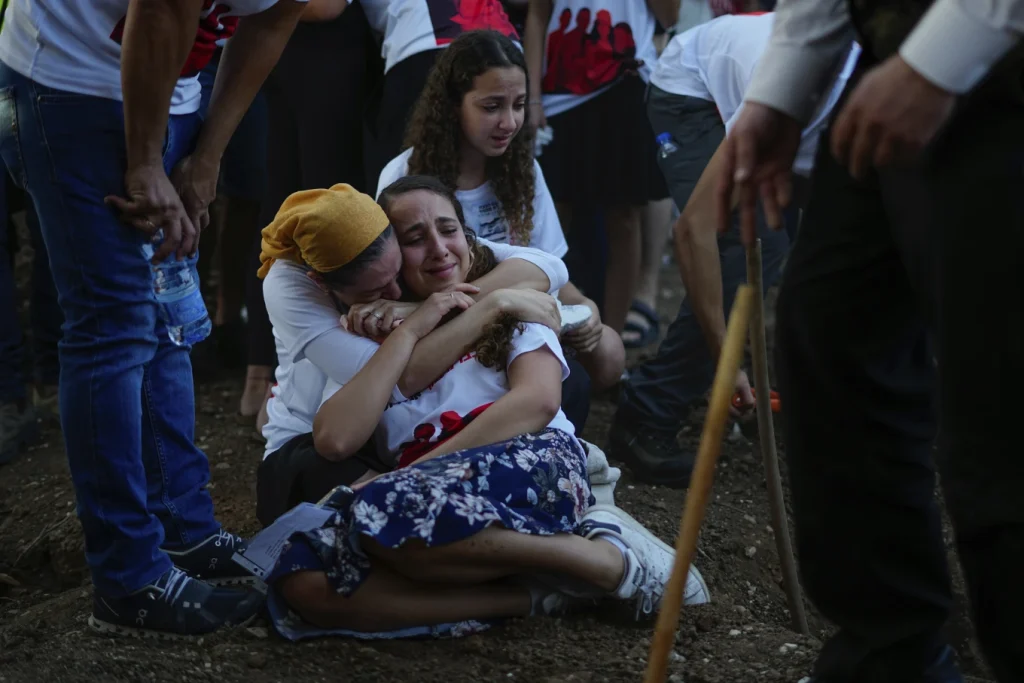
By working together to address the root causes of these crises and build resilient and inclusive societies, we can strive to create a future where the people of North Africa can live in safety, dignity, and prosperity.
In conclusion, the recent crises in North Africa serve as a stark reminder of the fragility of human existence and the imperative of global solidarity in times of adversity.
As we navigate these turbulent times, let us stand united in our commitment to alleviating suffering, promoting justice, and building a more equitable and sustainable world for all.
